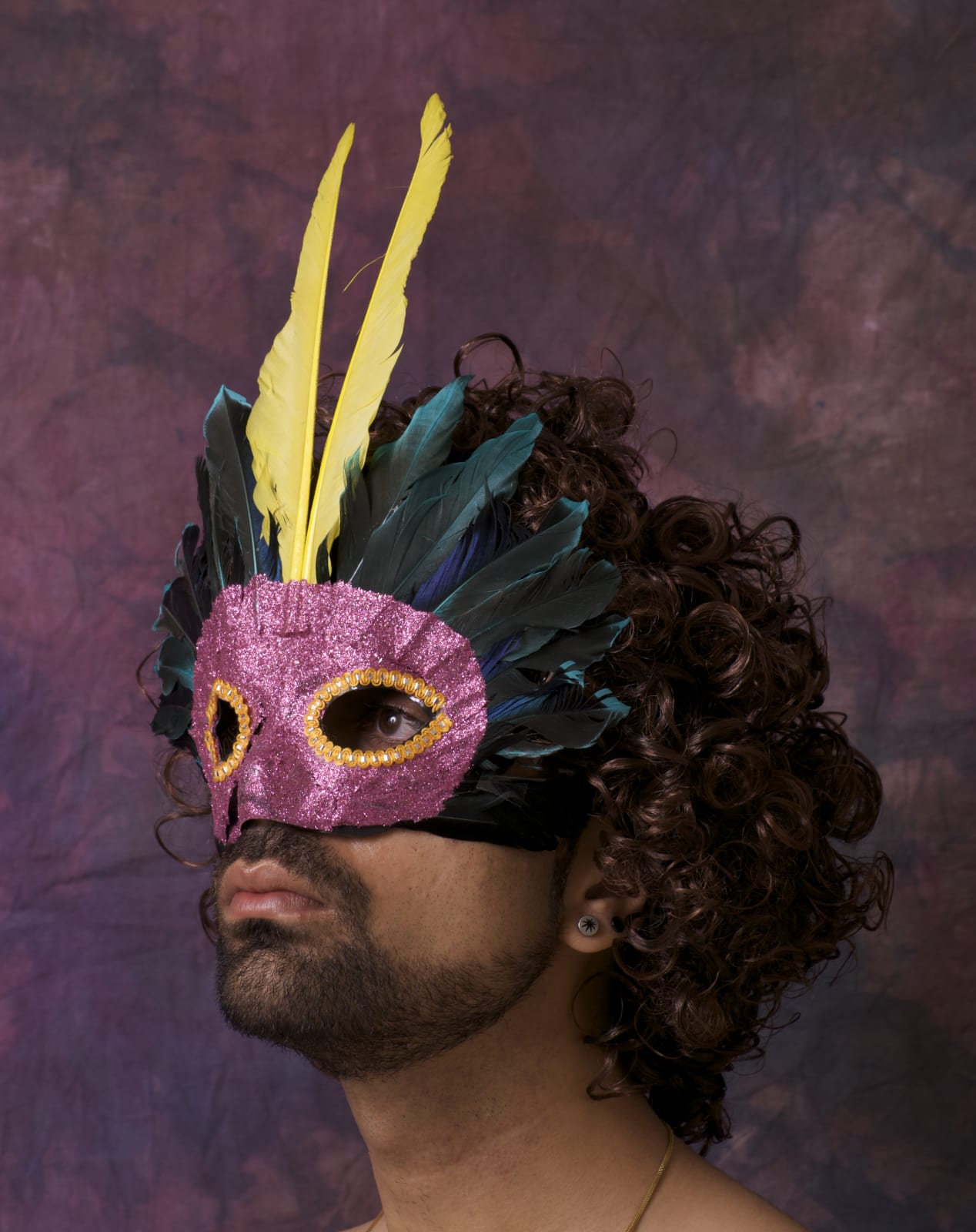
Sunil Gupta
Untitled #11 from the series the New Pre-Raphaelites, 2008
Archival inkjet print
Print: 106.7 x 70.9 cm
42 x 27 7/8 in
Paper: 111.8 x 75.9 cm
44 x 29 7/8 in
42 x 27 7/8 in
Paper: 111.8 x 75.9 cm
44 x 29 7/8 in